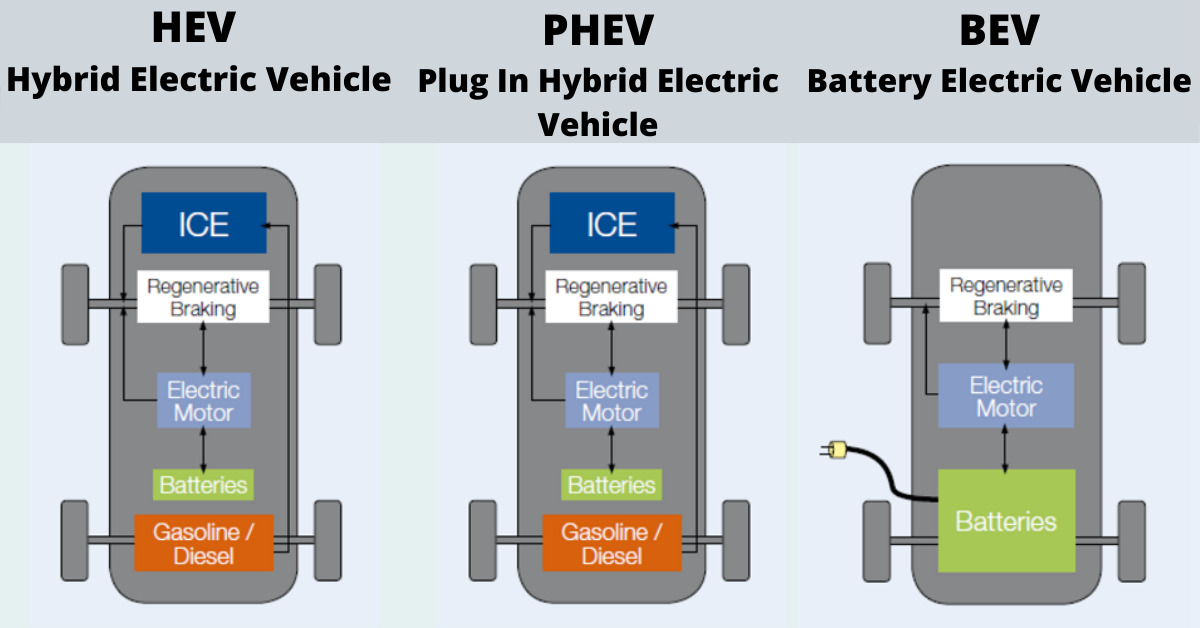Understanding ILAS: Key Features and Risks Explained
Investment-Linked Assurance Scheme (ILAS) is a financial product that combines life insurance with investment opportunities. It offers a unique blend of protection and growth potential, making it an attractive option for those looking to secure their future while also building wealth. However, like any financial product, it comes with its own set of features and risks that you should be aware of before making a decision.
Fixed Term or Lifetime Coverage
ILAS policies can be structured to provide coverage for a fixed term or for the lifetime of the insured. The death benefit, which is the amount paid to the beneficiary upon the insured’s death, is influenced by the account value at the time of death. This means that the payout can vary depending on the performance of the investments linked to the policy. The minimum protection level is set by the Insurance Authority, ensuring that there is a baseline of coverage even if the investments perform poorly.
Premium Payment Options
One of the key advantages of ILAS is the flexibility in premium payments. You can choose to pay the premiums in a single lump sum or in installments. The installment options include annual, monthly, quarterly, or half-yearly payments, allowing you to tailor the payment schedule to your financial situation. The premium amount remains constant over the policy term, providing a predictable cost. However, some policies offer premium holidays, during which you can pause your payments. It’s important to note that even during these holidays, fees and charges may still apply.
Accumulating Account Value
The account value of an ILAS policy accumulates over time, and this value is directly linked to the performance of the selected investment funds or assets. If the insured person passes away during the policy term, a lump sum is paid to the beneficiary. The death benefit is influenced by the account value, which can increase or decrease based on the investment performance. For example, if you invest in a fund that performs well, the account value will grow, potentially increasing the death benefit. Conversely, if the fund performs poorly, the account value may decrease, reducing the death benefit.
Limited Life Protection
ILAS policies typically offer limited life protection. This means that the death benefit is reduced if a certain amount has been withdrawn from the policy during the coverage period. For instance, if you withdraw funds to meet financial needs, the death benefit will be adjusted downward. This feature is important to consider, as it can impact the financial security of your beneficiaries.
High-Risk Investment Options
One of the distinguishing features of ILAS is the availability of high-risk investment options. These options can offer higher potential returns, but they also come with higher volatility and the risk of significant losses. Fees and charges can also affect the final amount of the surrender value or death benefit received by the policyholders or their beneficiaries. These fees include the cost of insurance, surrender charges, administrative charges, and charges for switching investment options and fund management.
Evaluating Risk Tolerance
Before choosing an investment option, it is crucial to evaluate your risk tolerance level. High-risk investments may not be suitable for everyone, especially those who are risk-averse or have a short investment horizon. The account value can drop to zero in extreme cases, so it’s important to understand the potential downsides. For example, if you are nearing retirement and need a stable income, a high-risk investment might not be the best choice.
Protecting Your Interests
To protect your interests, it is essential to check whether the fund is authorized by the Securities and Futures Commission (SFC) when choosing an investment option. The SFC authorization ensures that the fund meets certain regulatory standards, providing an additional layer of protection. Regularly monitoring the fund’s investment features, risks, fees, and charges, as well as the background of the fund company, can help you make informed decisions and adjust your investment strategy as needed.
Regular Monitoring
Regularly reviewing your ILAS policy is crucial to ensure it continues to meet your financial goals and needs. This includes monitoring the performance of the investment funds, understanding the fees and charges, and staying informed about any changes in the policy terms. For example, if a fund’s performance consistently underperforms, you might consider switching to a different fund or adjusting your investment strategy.
Conclusion
ILAS is a versatile financial product that combines life insurance with investment opportunities. While it offers the potential for growth and financial security, it also comes with risks and complexities. By understanding the key features and risks, evaluating your risk tolerance, and regularly monitoring your policy, you can make informed decisions and maximize the benefits of your ILAS investment. Whether you are looking to secure your family’s future or build a robust investment portfolio, ILAS can be a valuable tool in your financial planning arsenal.



